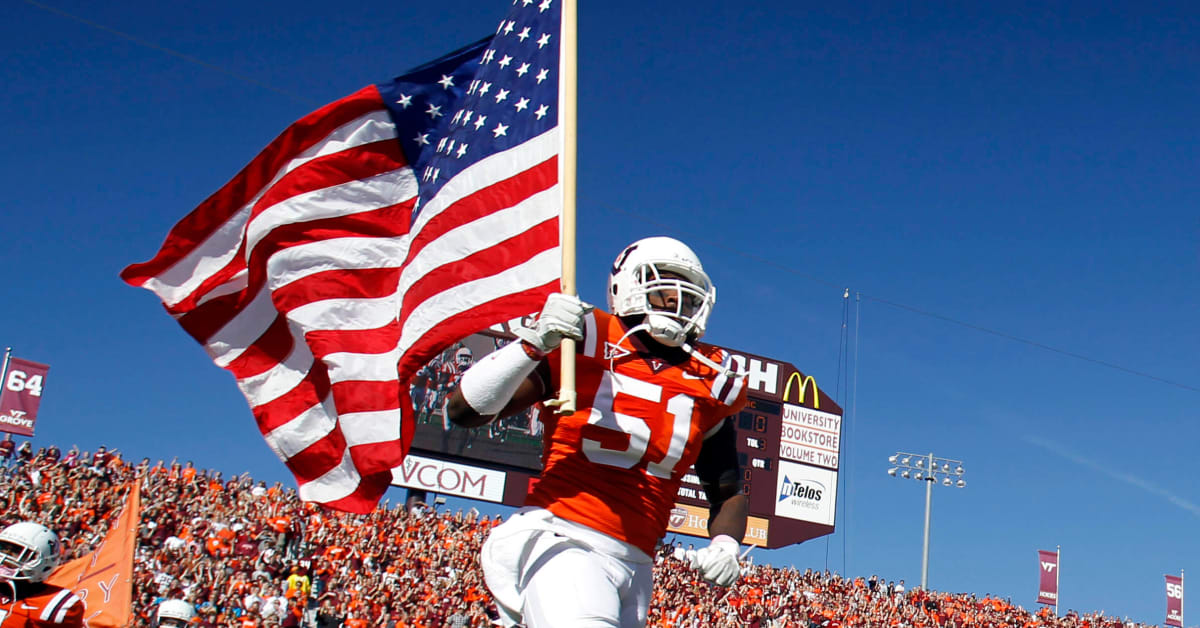College American football is more than just a sport; it is a cultural phenomenon deeply ingrained in the fabric of the United States. From the roaring crowds to the intense rivalries, this sport captivates millions of fans every fall. Unlike professional football, where the game is often driven by lucrative contracts and endorsements, college football is fueled by tradition, pride, and the sheer love of the game. Whether you’re a die-hard fan or a casual observer, understanding the intricacies of college football can provide a deeper appreciation for what makes it so special.

The Rich History of College Football
The origins of college football can be traced back to the late 19th century. The first intercollegiate game was played on November 6, 1869, between Rutgers and Princeton, marking the birth of a sport that would evolve significantly over the next century. Initially, the game resembled a blend of soccer and rugby, but it gradually adopted the distinct characteristics that define American football today.
As the sport grew in popularity, it began to develop its own unique traditions and rivalries. Schools across the country established football programs, and games became significant social events. The pageantry of marching bands, cheerleaders, and homecoming celebrations became synonymous with college football, creating an atmosphere unmatched in other sports.
The Structure of College Football
College football is organized into divisions, with the most prominent being the NCAA Division I Football Bowl Subdivision (FBS). The FBS is home to the top-tier college football programs, which are divided into conferences such as the Southeastern Conference (SEC), Big Ten, and Pac-12. These conferences are essential to the structure of the sport, as they organize regular season games, determine conference champions, and play a crucial role in the selection process for postseason bowls and the College Football Playoff (CFP).
The Role of Conferences
Conferences are more than just groupings of teams; they are the lifeblood of college football. Each conference has its own identity, traditions, and style of play. For instance, the SEC is known for its fierce competition and passionate fan base, while the Big Ten is celebrated for its storied rivalries and physical style of football. Conference games are often the most anticipated matchups of the season, as they can determine a team’s fate in the national championship race.
The College Football Playoff System
One of the most significant changes in college football’s history came with the introduction of the College Football Playoff in 2014. The CFP replaced the controversial Bowl Championship Series (BCS) and introduced a four-team playoff to determine the national champion. The teams are selected by a committee that evaluates their performance throughout the season, considering factors such as strength of schedule, head-to-head results, and conference championships.
The Importance of Bowl Games
Beyond the playoff, bowl games remain a cherished tradition in college football. These postseason games, which often feature matchups between teams from different conferences, are a reward for a successful season. While only the top four teams compete for the national championship, hundreds of other teams vie for a chance to end their season with a bowl victory. The Rose Bowl, Sugar Bowl, and Orange Bowl are among the most prestigious, each with its own rich history and significance.
Rivalries: The Heartbeat of College Football
Rivalries are the lifeblood of college football, driving passion and excitement among players and fans alike. These matchups, often steeped in decades or even centuries of history, are more than just games—they are battles for bragging rights, pride, and, in some cases, treasured trophies.
The Iron Bowl and The Game
One of the most famous rivalries is the Iron Bowl between the University of Alabama and Auburn University. This annual matchup is one of the fiercest in college football, with entire states often divided by their allegiance to one of the two teams. Another legendary rivalry is “The Game” between Harvard and Yale, a contest that dates back to 1875. Although neither school is a powerhouse in modern college football, the tradition and intensity of this rivalry endure.
The Impact of College Football on American Culture
College football’s influence extends far beyond the field. It plays a significant role in shaping the identity of universities and their surrounding communities. Game days bring together students, alumni, and local residents, creating a sense of unity and school spirit. For many, attending a college football game is a rite of passage, an experience that fosters lifelong memories and connections.
Economic and Social Contributions
The economic impact of college football is also considerable. On game days, college towns across America are transformed as fans flock to stadiums, filling hotels, restaurants, and local businesses. The sport generates billions of dollars in revenue each year, supporting not only athletic programs but also academic scholarships and university infrastructure.
Conclusion: The Enduring Appeal of College Football
College American football is a sport like no other, blending athletic excellence with rich traditions and deep-rooted rivalries. Its ability to captivate audiences, foster community, and ignite passion is unparalleled. As the sport continues to evolve, its core essence—competition, tradition, and the pursuit of greatness—remains unchanged. For millions of fans, college football is more than just a game; it is a way of life, a source of pride, and a timeless tradition that will continue to thrive for generations to come.